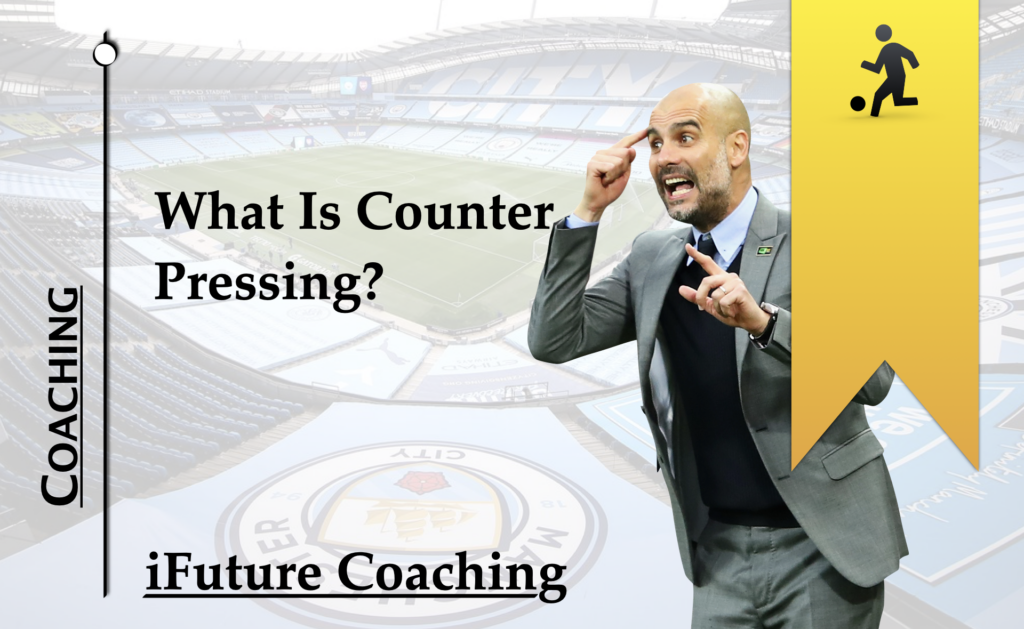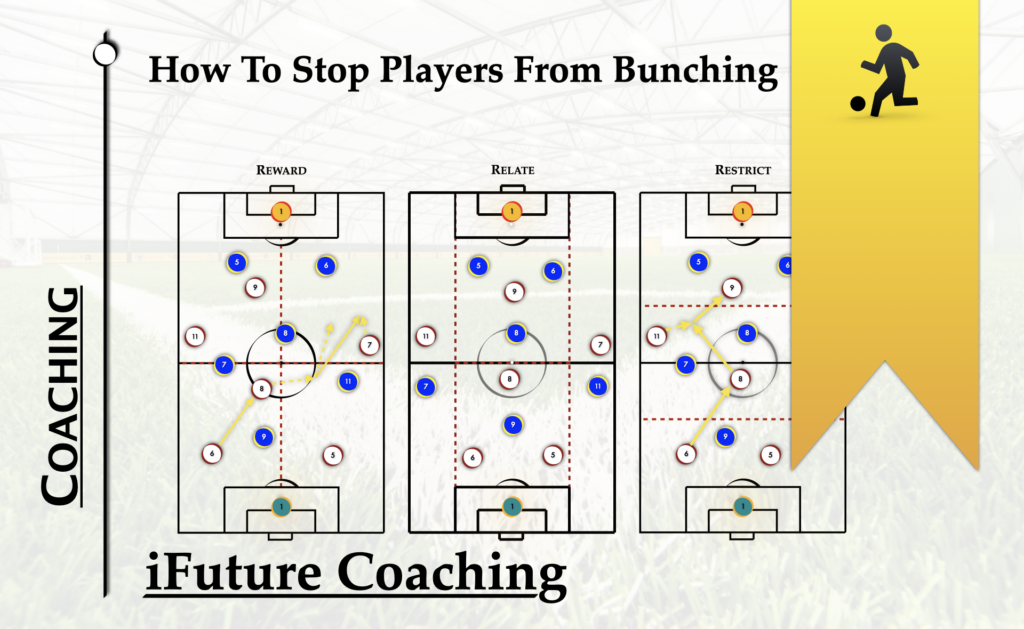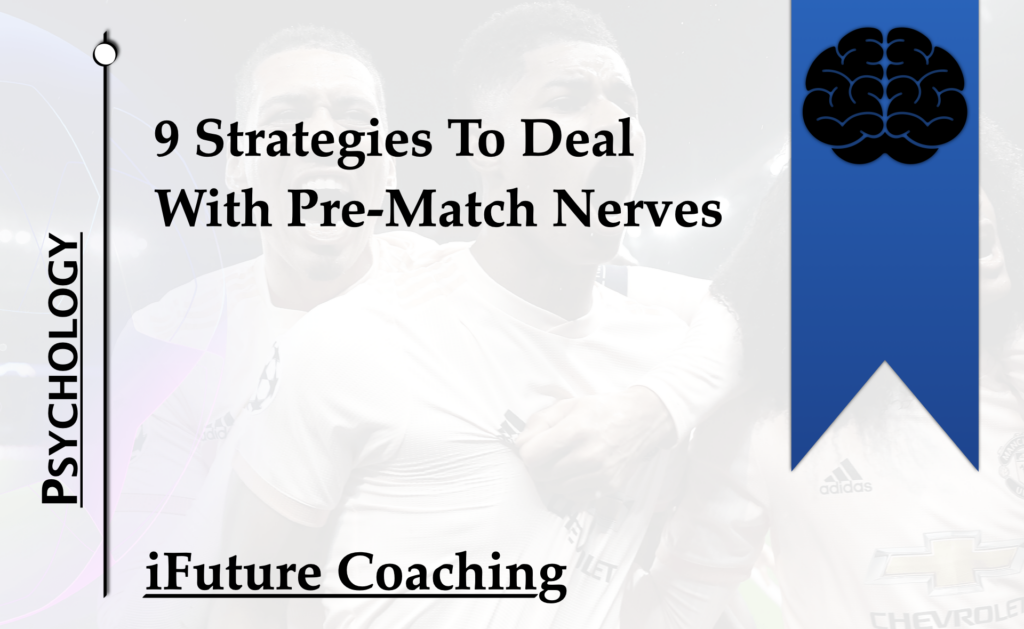Prehab: Injury prevention programme to reduce likelihood of injury
An injury prevention program is a set of exercises, techniques, and other preventive measures aimed at reducing the risk of injury during physical activity or sports. These programs typically involve stretching, conditioning, strengthening, and flexibility exercises to prepare the body for activity and prevent injuries. The programs may also include education on proper form, equipment use, and environmental factors such as weather and terrain. Injury prevention programs are designed to maximize performance and reduce the risk of injuries such as strains, sprains, and fractures.
Generally it is used to increase strength, endurance, mobility and stability in muscles so they can endure tasks for longer.
Exercises to Consider...
Squat jumps

Single leg squats
Single leg squats, also known as pistol squats, are a variation of squats where you perform the movement on one leg at a time. To perform a single leg squat, stand on one leg and extend the other leg out in front of you. Then, slowly lower your body down into a squatting position while keeping your core tight and your lifted leg extended. Once you reach a comfortable depth, push through the heel of your supporting foot to rise back up to a standing position. This exercise helps to increase lower body strength, stability, and balance.

RDLs

Single Leg Hops
Single leg hops are a type of plyometric exercise commonly used to improve lower body strength, power, and agility. To perform a single leg hop, start by standing on one leg with the knee slightly bent. From this position, quickly jump forward, sideways, or backwards on the same leg, landing softly with your knee slightly bent. This exercise should be performed for multiple repetitions and can be repeated on both legs. Single leg hops can help improve athletic performance by enhancing explosive power, coordination, and balance. They can also be used as a part of a rehabilitation program for lower body injuries.

Reaction time work
Reaction time work refers to exercises or activities designed to improve a person’s ability to respond quickly to a stimulus. This can include exercises such as catching or hitting a ball, playing video games, or participating in specific reaction time training programs. Reaction time work can be useful for athletes seeking to improve their reflexes and reaction times, as well as for individuals who want to enhance their overall cognitive function and performance in daily activities.

Pass a ball on an unstable surface
Develop from passing on a stabled surface to adding in a unstable surface. Passing on an unstable surface, such as passing a ball while standing on a wobbly balance board, can help improve balance, coordination, and proprioception. Proprioception is the body’s ability to sense its own position and movement in space. By passing a ball or object on an unstable surface, the body is forced to accommodate for the shifting surface, which strengthens the muscles involved in balance while also enhancing proprioceptive awareness. This can be particularly useful for athletes who need to maintain balance and coordination under physically demanding circumstances.

Jump and land on a unstable surface (gradually)
Standing on an unstable surface (like a BOSU board) and gradually start to jump with 2 feet getting higher and higher each time, you can add in a football or object to kick or catch to bring in a mental stimuli. Surfaces will need to give way slightly so consider building up to the BOSU board, start with things like sand or similar.

Core stability work
Core stability work refers to exercises that target the muscles in your abdomen, pelvis, and lower back to improve the strength and stability of your core. These exercises typically involve movements that require you to engage and maintain tension in your core muscles while performing other movements, such as planks, bridges, and bird dogs. The benefits of core stability work include improved posture, reduced risk of injury, better balance and coordination, and enhanced athletic performance.

Dead lifts
Deadlifts are a type of weightlifting exercise that is commonly used to work the muscles in the legs, back, and hips. In this exercise, you start with standing upright while holding a weighted barbell, bend your knees and hinge forward at the hips to lower the weight towards the floor until your back becomes parallel to the ground, then lift the weight back up to a standing position by pushing through your heels and engaging your glutes, hamstrings, and back muscles. Deadlifts are considered a basic compound exercise which can improve strength, posture, and overall fitness. However, it is important to use the proper form and technique and to start with a lighter weight to prevent injury.

Benefits...
- Network of neurons in the body which allow for the central nervous system to communicate with the body allowing for muscular contraction, balance and co-ordination.
- This is improved through repetition training – it allows for the connection to become stronger and make movement more autonomous. This will result in faster and sharper movements by players as there is less thinking and decision time.
- Exercises that are used are functional movements and specific movements that target specific muscles, such as the rectus abdominals (core muscle) and the lower limb muscles in football. These muscles are needed for stability and to complete movements like passing, dribbling and shooting.
- Majority of injuries are ankle sprains because of the fast paced of the game with many explosive movements. The ankle takes the whole load of the body and if the player lands incorrectly that is a lot of strain to endure. This is why it is important to look to improve ankle neuromuscular control which links with proprioception (knowing where and how body parts are moving) as this link needs to be strong to allow for less injuries to occur.
Allows for the body to develop and adapt to a higher level of physical fitness to allow for an increase in concentration.
This does not only help physically but also helps mental strength to allow for an increase in concentration and autonomous movements to occur.
This is where a person can stay in control of their body movements in motion and statically.
Highly needed to allow for weight transfer when passing and receiving the ball to keep it under control
Also needed in simple movements like running, dribbling and jumping. Not all surfaces are flat surfaces, this is why it is important to prepare for all surfaces to allow for players to have exposure to those conditions so when it comes to matches they have had previous training on knowing how to deal with those situations
Some of the benefits of completing prehab to help allow for players to play for longer at their optimal with less risk of injury occurring.
Also, if a player does become injured having this previous strengthening and physical conditioning will allow for them to have a greater chance to return to play as soon as possible.
No you do not need to devote whole training sessions to prehab work or even majority of the training sessions to it, include it within the warmup an extra 10 minutes a session will show great amounts of improvements in the players game and skills they are able to display.
Pre-Season Physical Testing...
This is used to help gain a baseline score of the footballer’s ability during certain exercises and movements. These will be used to help create a fitness programme of their weaknesses when their score is compared to the recommended average. These can be used to help determine which muscle or type of injury an athlete is more likely to sustain, for example if they have a lack of hamstring flexibility and extensibility they are more likely to endure a hamstring strain and this can come from jumping, landing and the deceleration phase of running. This is where the hamstring is at its greatest length while contracting (eccentrically contracting) and if the muscle is not conditioned the athlete will fatigue quicker and more likely to get injured. Finally, by having these pre testing scores, if an athlete does get injured there is a baseline score to refer to for the athlete to be able to achieve before being able to safely return back to play.
Author: M. Bilal






